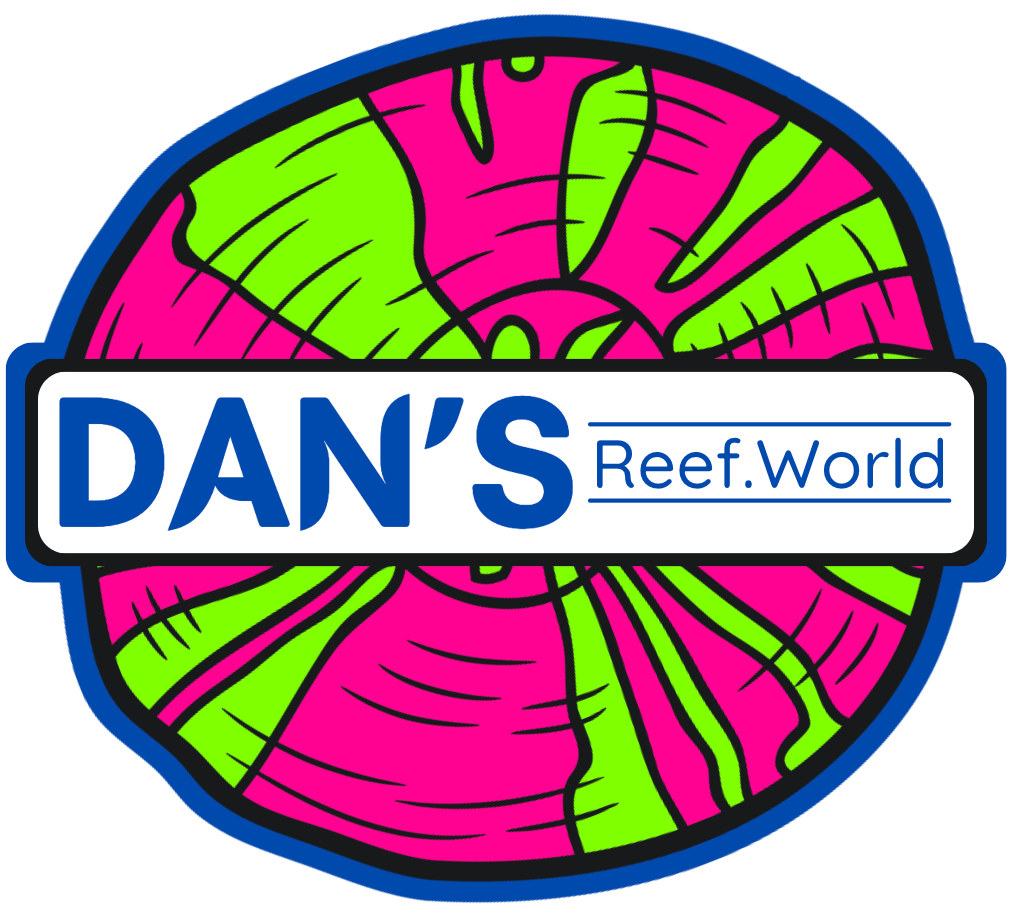Intro - Family Fungiidae
Coral reefs are often described as the “rainforests of the sea,” home to a dazzling array of marine life and essential for the health of our oceans. Among the diverse families of corals that contribute to these vibrant ecosystems, the Fungiidae family stands out for its unique morphology and fascinating behavior. In this blog post, we’ll explore the characteristics of Fungiidae corals, their ecological roles, and the conservation challenges they face.
-
The Fungiidae family, commonly known as mushroom or free-living corals, includes a variety of corals primarily found in warm, shallow waters of the Indo-Pacific region. This family encompasses genera such as Fungia and Heliofungia, which are known for their distinctive, disk-like shapes and solitary lifestyles. Unlike many other corals, Fungiidae corals are often found lying on the seafloor rather than forming large colonies.
-
Fungiidae corals are characterized by their flat, mushroom-like structures that can vary significantly in size and color. These corals possess a single polyp, which can expand dramatically during feeding. Their colors range from vibrant greens and blues to striking reds and purples, primarily due to the presence of zooxanthellae—microscopic algae that provide nutrients through photosynthesis.
-
One of the most remarkable features of Fungiidae corals is their ability to move. While many corals are firmly attached to the substrate, some Fungiidae corals can glide slowly across the ocean floor, allowing them to adjust their position for optimal light exposure and feeding.
-
Fungiidae corals play a significant role in the health of coral reef ecosystems. As both predators and prey, they contribute to the complex food web of the reef. Their expansive polyps capture plankton and small organisms, providing essential nutrients that support their growth.
-
In addition, Fungiidae corals help enhance biodiversity by providing shelter and habitat for various marine species. The spaces between their flattened structures create microhabitats for small fish, crustaceans, and other organisms, promoting a diverse community of marine life.
-
Despite their ecological significance, Fungiidae corals face numerous threats. Climate change is a major concern, as rising sea temperatures can lead to coral bleaching—a phenomenon in which corals expel their symbiotic algae, resulting in a loss of color and vital nutrients. Prolonged bleaching can severely weaken these corals, making them more vulnerable to disease and mortality.
-
Ocean acidification, caused by increased carbon dioxide levels, further threatens the health of Fungiidae corals by hindering their ability to build calcium carbonate structures. Additionally, pollution from coastal development, agricultural runoff, and plastic waste disrupts the delicate balance of reef ecosystems, jeopardizing the health of Fungiidae corals.
-
Addressing the challenges facing Fungiidae corals requires comprehensive conservation strategies. Establishing marine protected areas (MPAs) is crucial for safeguarding these corals and their habitats from human impact. Restoration initiatives, including coral gardening and transplantation, are being implemented to help revive damaged reefs and support healthy coral populations.
Public awareness and education are vital in fostering a culture of conservation. By informing communities about the importance of coral reefs and the threats they face, we can encourage sustainable practices and responsible coastal development. Supporting marine conservation organizations and advocating for policies that protect marine ecosystems can also make a significant difference in the preservation of Fungiidae corals.
-
The Fungiidae family of corals is a remarkable and intriguing component of coral reef ecosystems. Their unique shapes, ecological roles, and adaptability underscore the importance of conserving these vital organisms. As we confront the challenges posed by climate change and human activities, it is essential to prioritize the protection of Fungiidae corals and the habitats they support. Together, we can ensure that these extraordinary corals continue to thrive, enriching our oceans and sustaining the diverse marine life that relies on them for generations to come.




